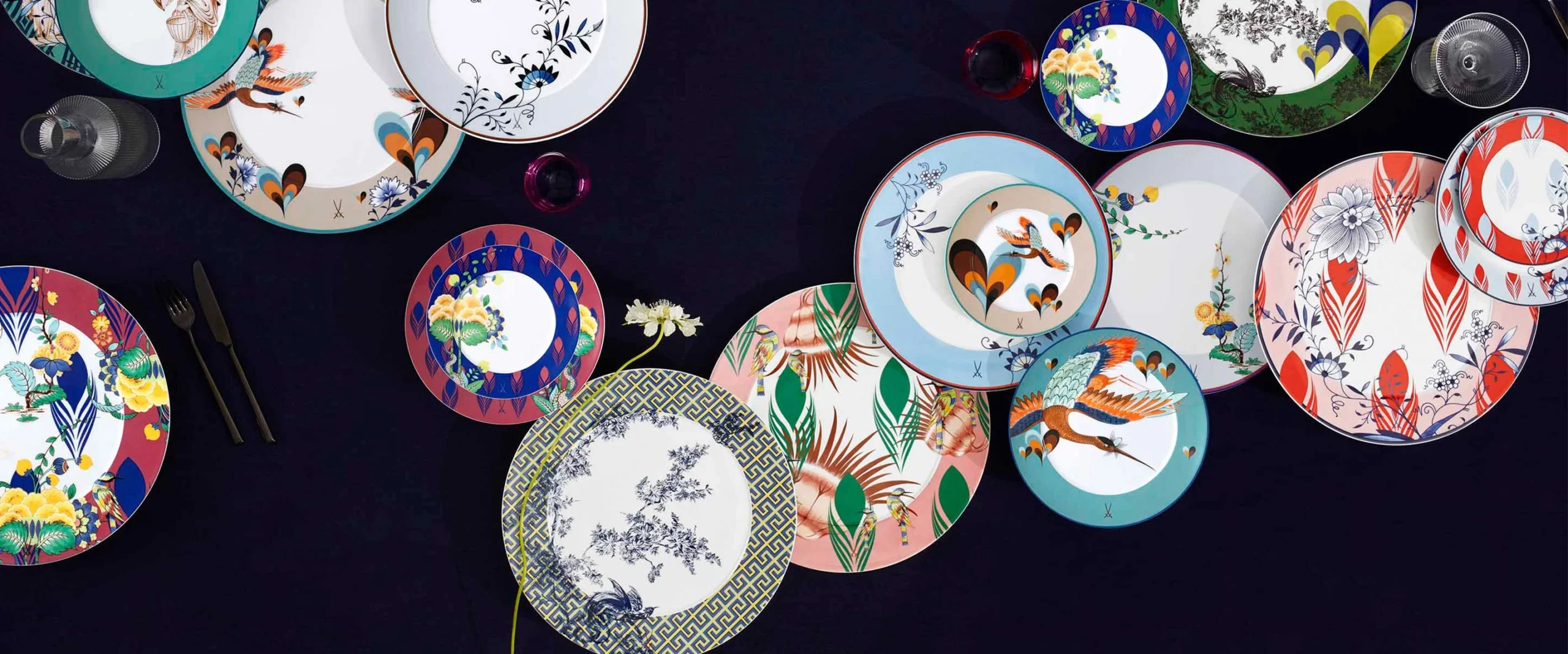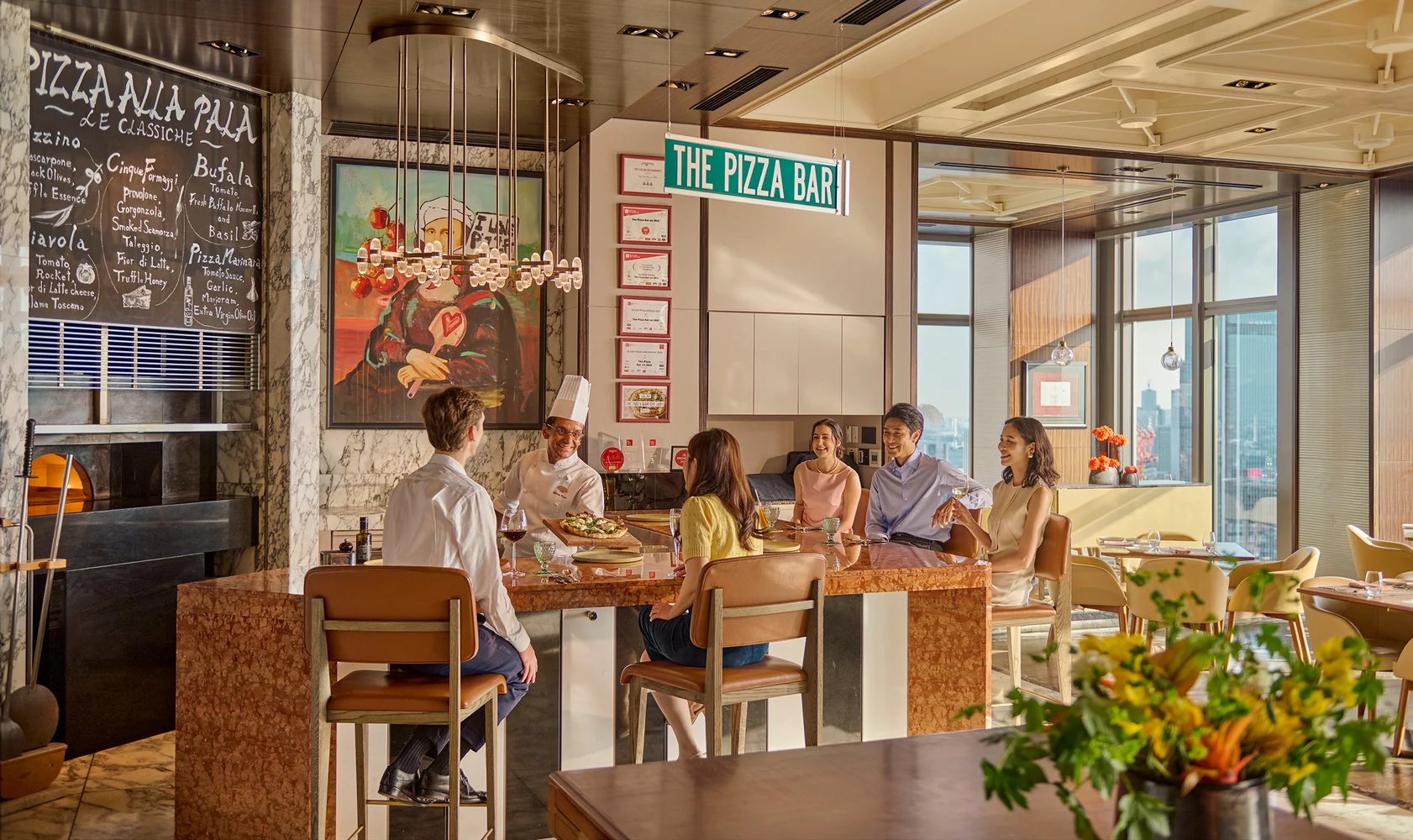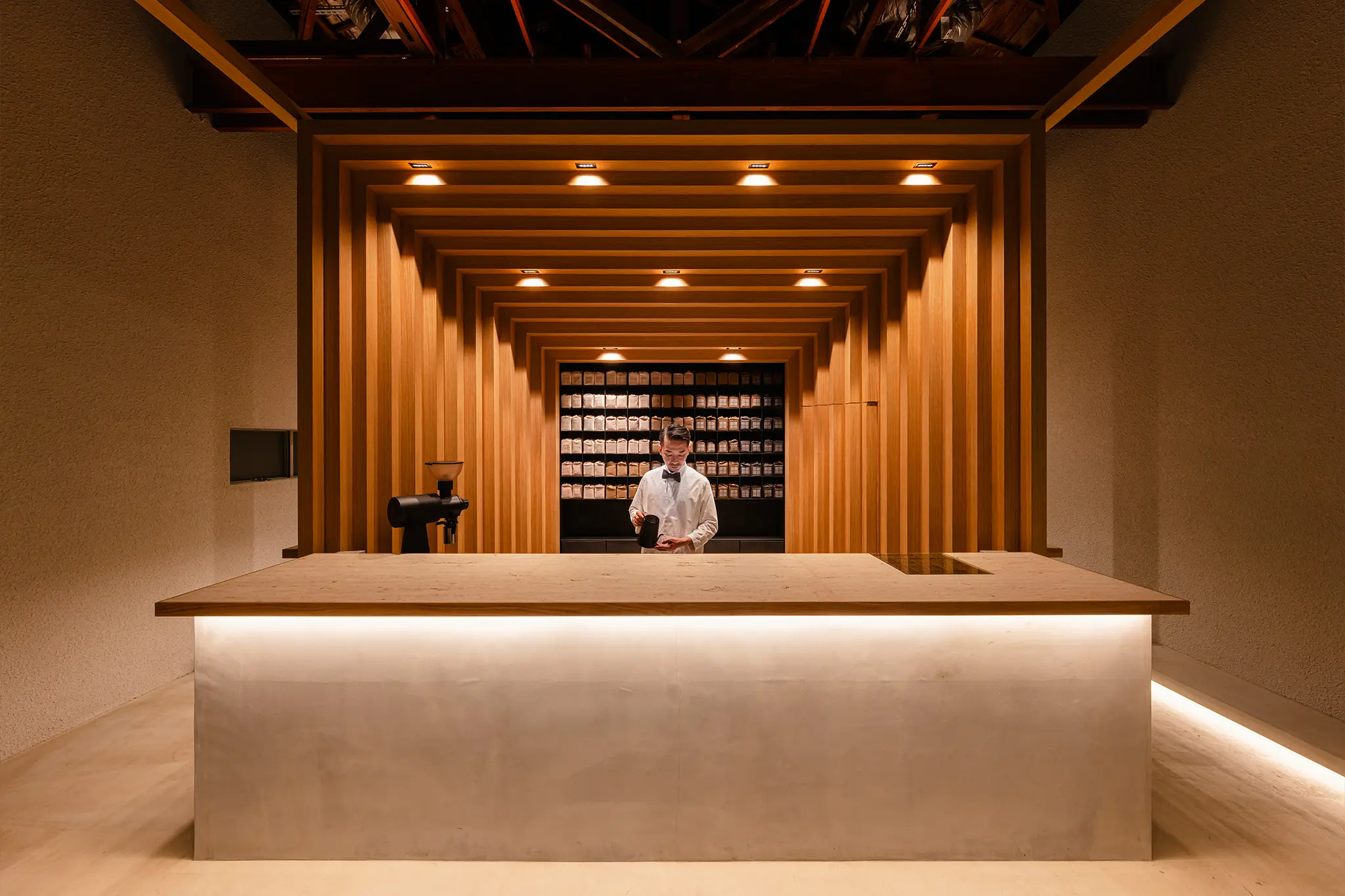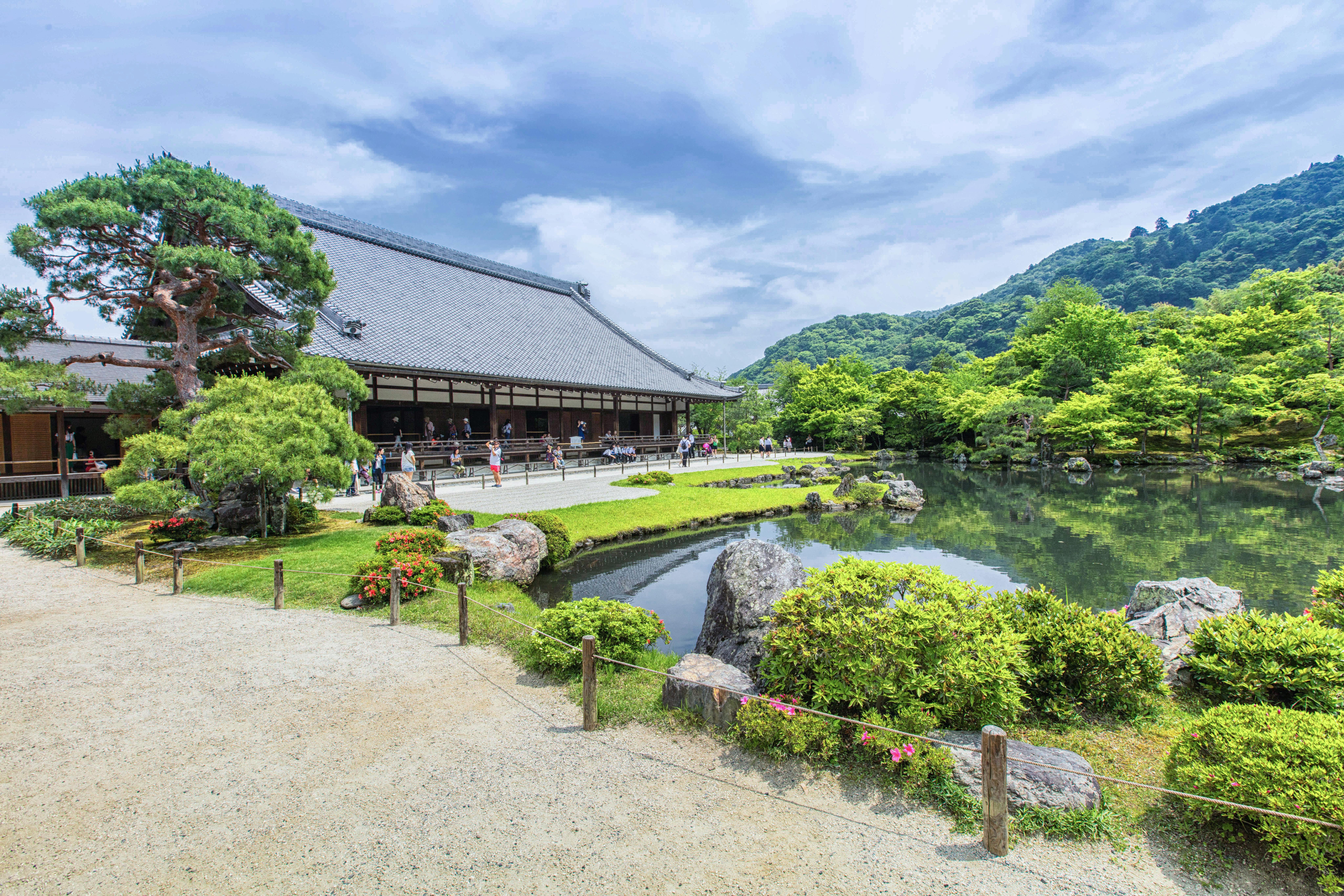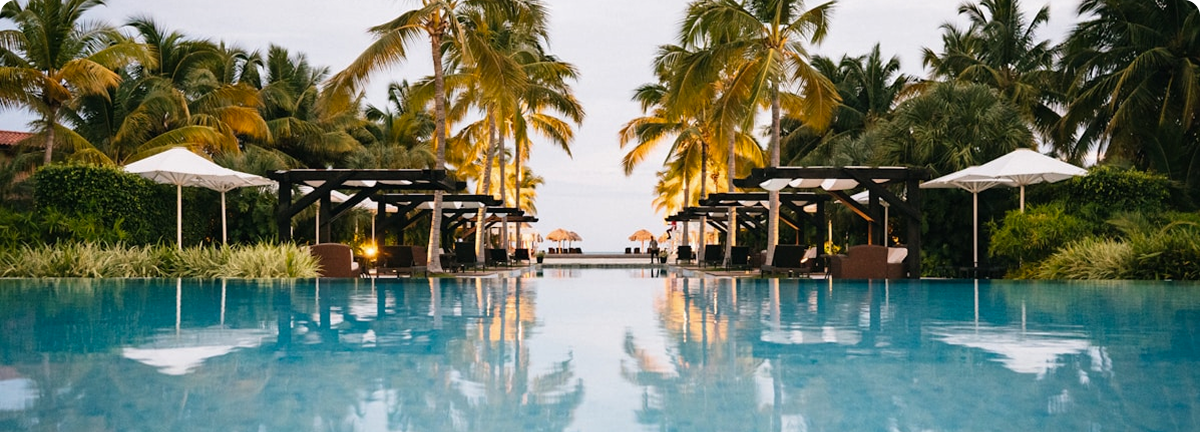Europe’s answer to fine china? It lies in Germany’s Meissen town. It’s the birthplace of Europe’s finest porcelain-making, a thriving legacy then born out of obsession and dearth!
Most of us have heard references to ‘exquisite Chinese porcelain’ throughout our lives. We appreciate its aesthetic appeal without perhaps understanding its historical significance. I counted myself among this majority until a recent journey through eastern Germany changed my perspective.
The charming town of Meissen sits just 30 minutes from Dresden in Germany’s Saxony region. Approached from the Elbe River, its skyline presents an archetypal German tableau: the imposing Albrechtsburg Castle and Gothic cathedral crown a hill above a medieval town centre.
The picturesque setting belies Meissen’s outsized importance in European history. For within these ancient walls, a revolution in material science and decorative arts occurred that would transform the continent’s economy and culture.
Sure, Dresden rightfully commands attention for its baroque splendour and remarkable resurrection from wartime devastation. But Meissen also offers visitors something equally profound. It’s the birthplace of European porcelain, a material so precious it earned the sobriquet ‘white gold’.
My exploration of this legacy began with a short train journey along the Elbe, whose waters have transported Meissen’s fragile treasures to worldwide markets for over three centuries.
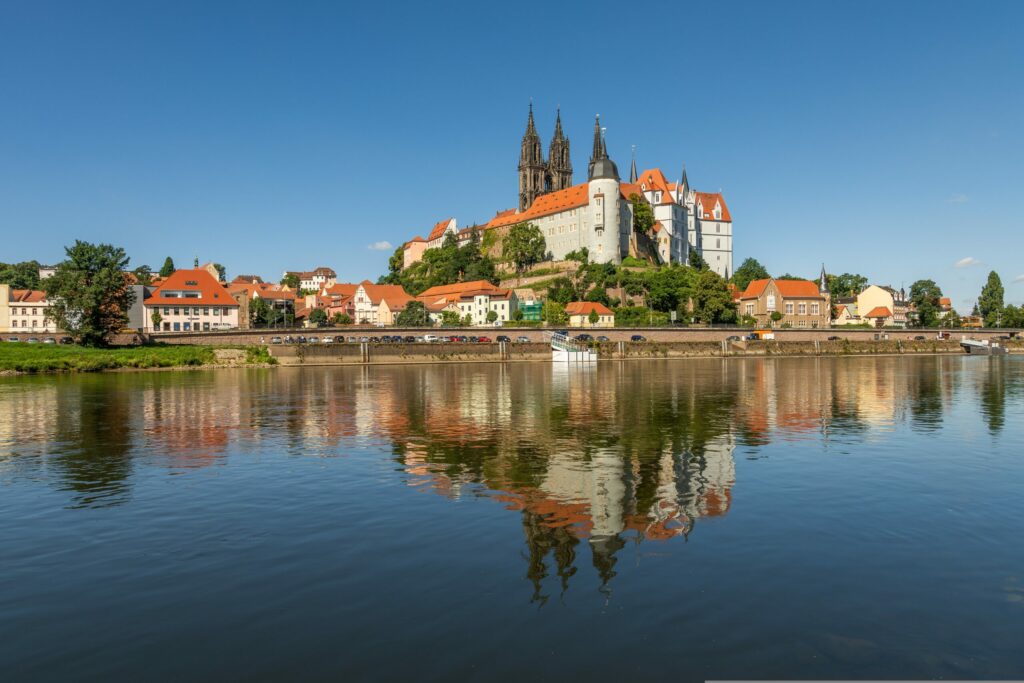
birthplace of European porcelain, a material so precious it earned the sobriquet ‘white gold’.
The porcelain obsession
To appreciate Meissen’s achievement requires understanding Europe’s near-manic obsession with porcelain before the 18th century. Prior to 1708, true porcelain remained exclusively a Chinese and Japanese expertise. The material’s translucent beauty, incredible durability, and ability to retain heat made it supremely desirable among European elites, who encountered it through trading networks.
The East India Company, along with its Dutch and Portuguese counterparts, established lucrative trade routes, bringing Asian porcelain to European markets. These delicate vessels and figurines commanded extraordinary prices, selling by weight equivalent to gold! Hence earning the nickname ‘white gold’. Royal houses across Europe accumulated vast collections, displaying them in porcelain rooms, in a display of wealth and international connections.
This valuable import created a substantial trade deficit with the East. European monarchs desperately sought the secret to producing this precious material domestically. The recipe for porcelain became the most valuable industrial secret of the age. Alchemists, scientists, and artisans started working feverishly under royal patronage to recreate the mysterious substance.
Heading to New Zealand? Experience ethical whale-watching in Kaikōura!
Augustus the Strong and his obsession
Enter Augustus the Strong, Elector of Saxony and King of Poland, whose outsized personality and appetites were matched only by his ambition. Augustus possessed what his contemporaries described as a “maladie de porcelaine”, a porcelain sickness that led him to amass over 20,000 pieces of Asian porcelain! Not content merely to collect, Augustus became determined that Saxony should produce its own true porcelain.
His character provides fascinating context for the Meissen discovery. A physical giant capable of breaking horseshoes with his bare hands (hence ‘the Strong’), Augustus lived extravagantly even by baroque royal standards. He recognized over 300 illegitimate children, staged elaborate court spectacles, and created the magnificent Dresden collections that visitors still admire today. He understood the political and economic advantages that would accrue to the first European state to master porcelain production.
“ Augustus possessed what his contemporaries described as a “maladie de porcelaine”, a porcelain sickness that led him to amass over 20,000 pieces of Asian porcelain! Not content merely to collect, Augustus became determined that Saxony should produce its own true porcelain.”
The alchemist’s triumph
The breakthrough came through an unlikely figure: Johann Friedrich Böttger, a young alchemist who had boasted of discovering the philosopher’s stone capable of creating gold. When his claims proved hollow, Böttger fled to Saxony to escape his previous patron. Augustus imprisoned the alchemist, essentially commanding: if you cannot make gold from base metals, then create white gold instead.
Working under the direction of scientist Ehrenfried Walther von Tschirnhaus in the vaults of Albrechtsburg Castle, Böttger succeeded where generations had failed. By 1708, they had created Europe’s first hard-paste porcelain, chemically identical to its Chinese counterpart. The recipe combined local kaolin clay with alabaster and carefully controlled firing temperatures exceeding 1,400 degrees Celsius. By 1710, Augustus established the Royal Saxon Porcelain Manufactory in Meissen, beginning commercial production.
The economic impact proved immediate and substantial. Instead of paying Asian suppliers for porcelain, European wealth now flowed to Saxony. Augustus bartered Meissen porcelain for foreign soldiers, exchanged figurines for Ottoman prisoners of war, and financed his lavish court through porcelain sales. The crossed-swords mark, adapted from the electoral swords in Saxony’s coat of arms, became one of the world’s first recognized luxury trademarks.
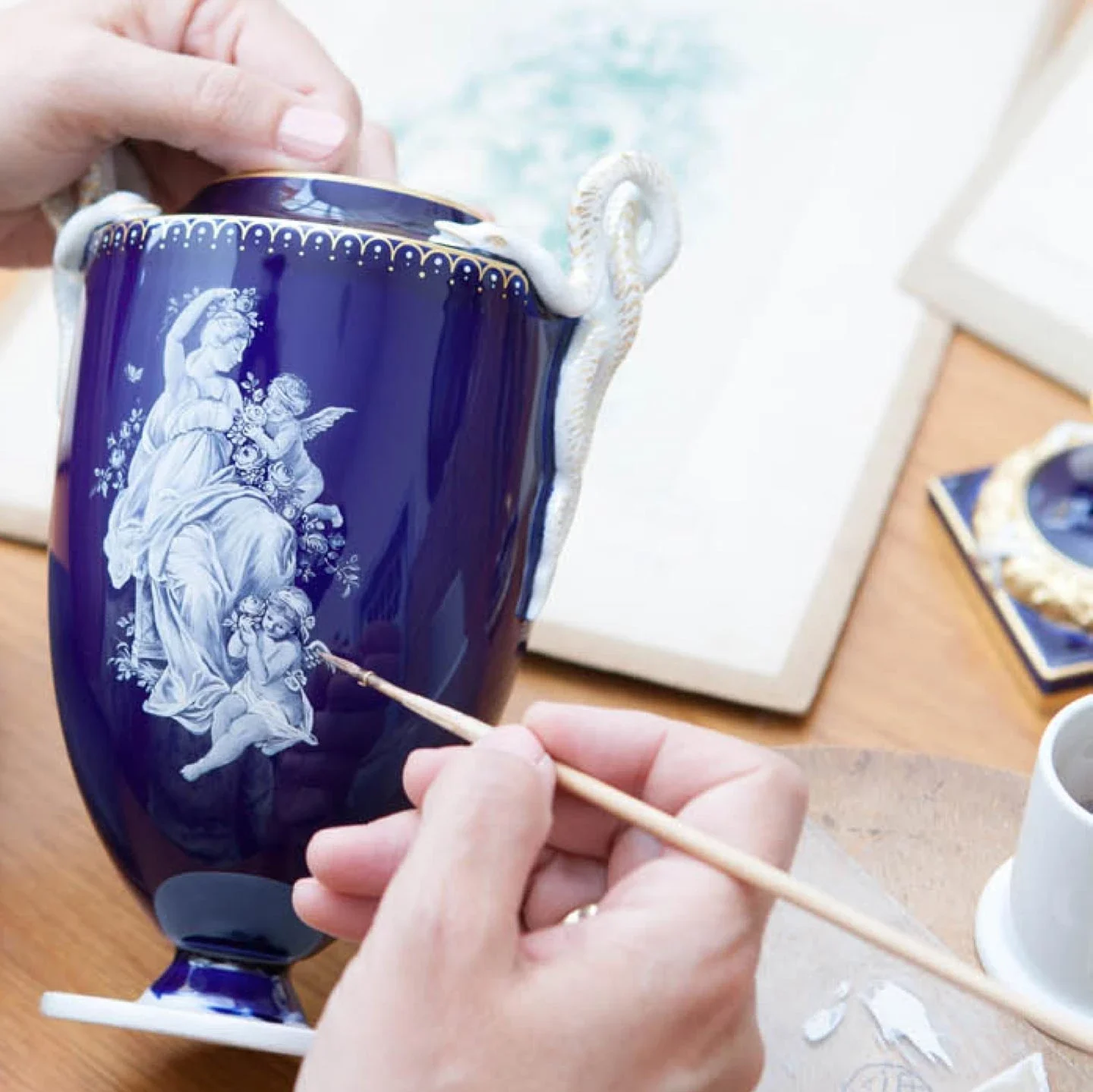
artisans who create both traditional and contemporary designs!
Photo courtesy: meissen.com
Visiting the source
Today, the Meissen Porcelain Manufactory welcomes visitors to witness production techniques largely unchanged over three centuries. Meissen remains a functioning enterprise employing over 600 artisans who create both traditional and contemporary designs. Ceramic artists undergo apprenticeships lasting years before earning the right to apply the famous crossed-swords mark.
I watched as artists formed delicate flowers petal by petal, each one shaped by hand before assembly into elaborate bouquets. Painters demonstrated superb brushwork, applying colours that would transform during firing into Meissen’s signature palette.
Most remarkable was the creation of the company’s iconic figurines. Depicting courtly scenes, commedia dell’arte characters and pastoral vignettes, they revolutionized European dining culture. They served as sophisticated table decorations and conversation pieces during elaborate meals.
The manufactory museum traces Meissen’s evolution through changing artistic periods, from baroque exuberance to neoclassical restraint, Art Nouveau innovation to contemporary design. Particularly moving are pieces salvaged from the Dresden collections after WWII bombing.
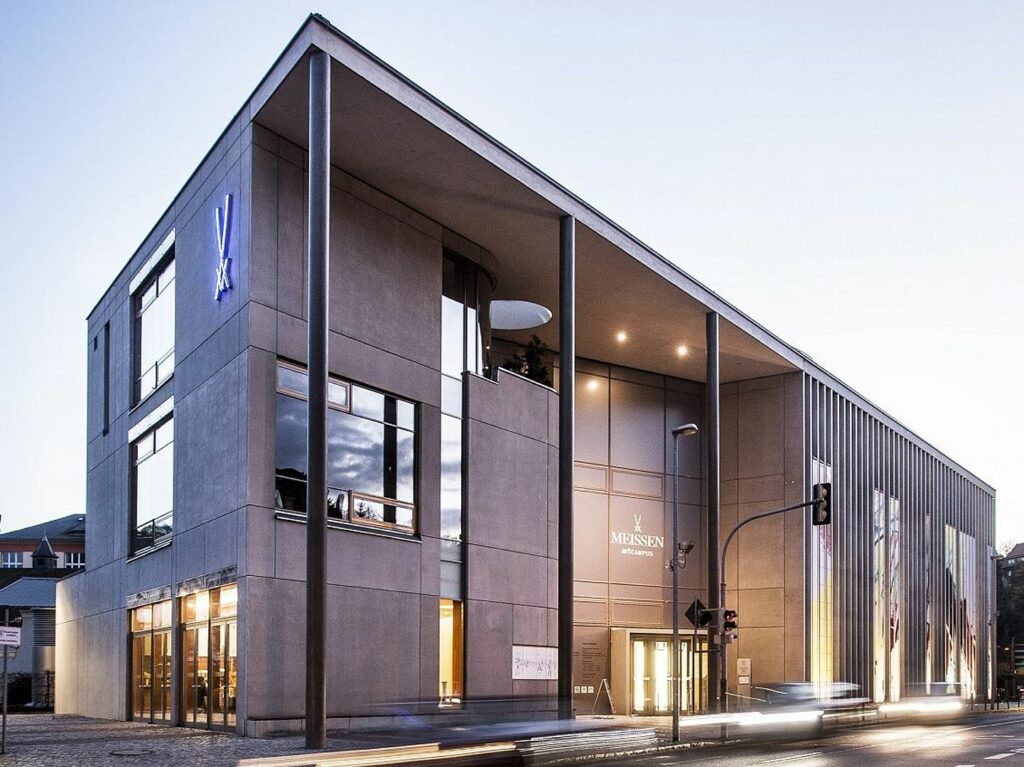
building also hosts artisanal workshops and demos for visitors. Photo courtesy: meissen.com
The legacy of white gold
Beyond aesthetic appreciation, Meissen’s innovation transformed European manufacturing and science. The development of porcelain spurred broader research into materials science and chemistry. The factory system developed at Meissen (with its division of labour and quality controls) helped establish industrial models later applied to many other fields.
The economic advantages gained through domestic porcelain production inspired other European nations to develop their own factories. Within decades, Sèvres in France, Vienna in Austria, and Chelsea in England established rival operations, each developing distinctive styles while striving to match Meissen’s technical perfection.
For any visitor to Meissen, witnessing artisans practicing techniques refined over centuries provides a powerful counternarrative to mass production.
Watching a painter apply gossamer brushstrokes to a surface that would outlive everyone in the room, I understood at last why porcelain captivated Europe.
Beyond its beauty and utility, it represented humanity’s ability to transform humble earth into forever art through knowledge, craft, and vision. The porcelain sickness that afflicted Augustus continues to infect visitors three centuries later, myself now counted firmly among them!
Loveleen Arun is Founder Director of Panache World, a luxury travel design company that creates memorable journeys throughout Germany, including bespoke experiences focusing on the country’s rich artistic and cultural heritage.
Panache World‘s expertly crafted itineraries provide privileged access to treasures like the Meissen manufactory, Dresden’s museums, and other extraordinary destinations that reveal Germany’s profound contribution to European arts and craftsmanship.

